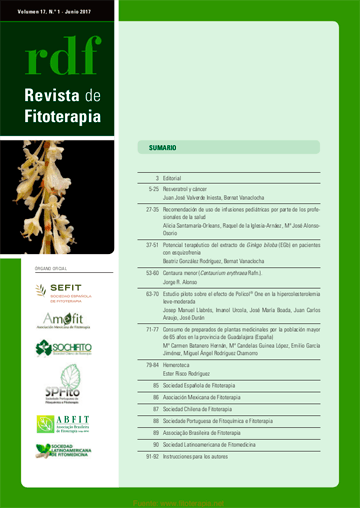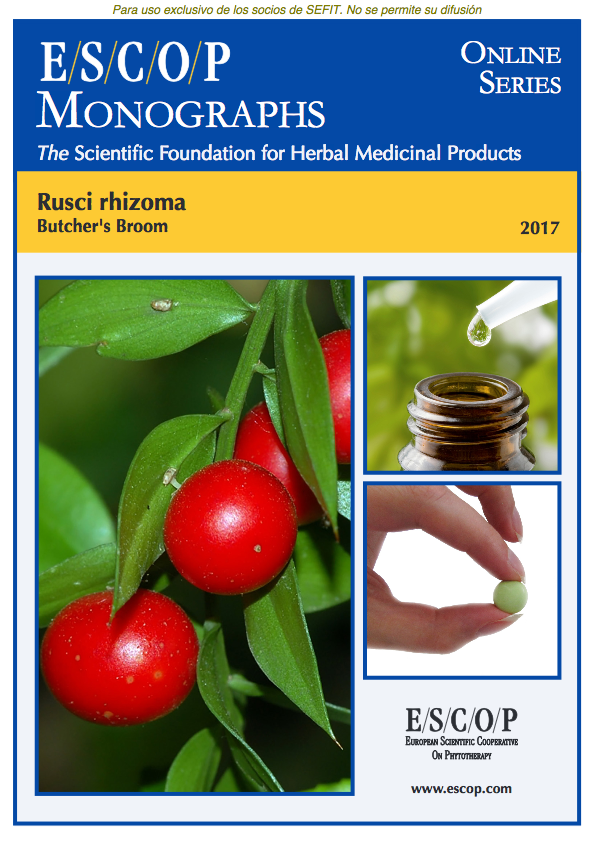Hernández-Bolaños, Eduardo; García-Macado, Francisco J; Morua, Estefanía; Cuyas, Laura, Matías-Hernández, Luis. Biotech Tricopharming Research
Comunicación en el 13º Congreso de Fitoterapia de SEFIT. Barcelona, 6-9 de noviembre de 2025
Antioxidant molecules, including phenolic acids such as rosmarinic acid and diterpenes like carnosic acid and carnosol, play a central role in mitigating oxidative stress in medicinal and aromatic plants, while also providing well-documented benefits for human health and wellbeing. In medicinal and aromatic species like Salvia officinalis (sage) and Rosmarinus officinalis (rosemary), these compounds are key drivers of therapeutic value and industrial relevance. However, their accumulation is typically present in small amounts and highly variable and influenced by environmental factors and extraction protocols, underscoring the need for strategies that can reliably enhance, optimize and homogenize their levels.
To address this challenge, we designed and tested a biostimulant formulation based on selected natural elicitors, aimed at stimulating the biosynthesis of different secondary metabolites presenting antioxidant properties either in sage or in rosemary. Plants were cultivated under controlled conditions and treated via foliar spray. Biomass production as well as metabolite accumulation were subsequently analyzed using UHPLC-QqQ-MS/MS. The treatments resulted in significant increases in carnosic acid and biomass in both species. In rosemary, additional effects were observed, including higher levels of carnosol and rosmarinic acid.
These results underscore the potential of elicitor-based biostimulants as sustainable tools to simultaneously enhance medicinal and aromatic plant resilience, productivity, antioxidant properties and therapeutic potential. By improving the consistency and accumulation of key antioxidant compounds, together with increased plant biomass, this approach represents a forward-looking strategy for greener agricultural practices, delivering more efficient and sustainable production while maximizing the therapeutic value of highvalue crops.


